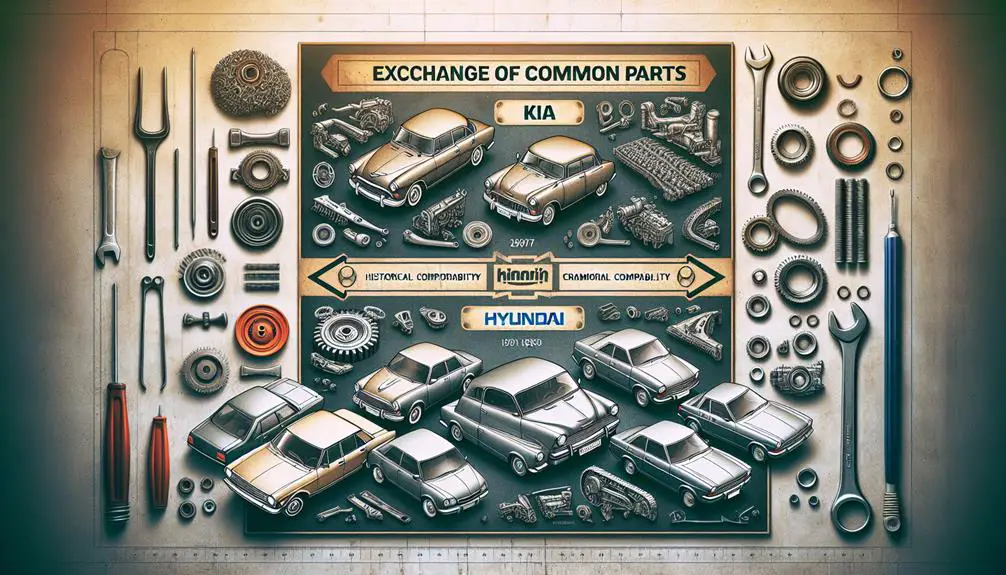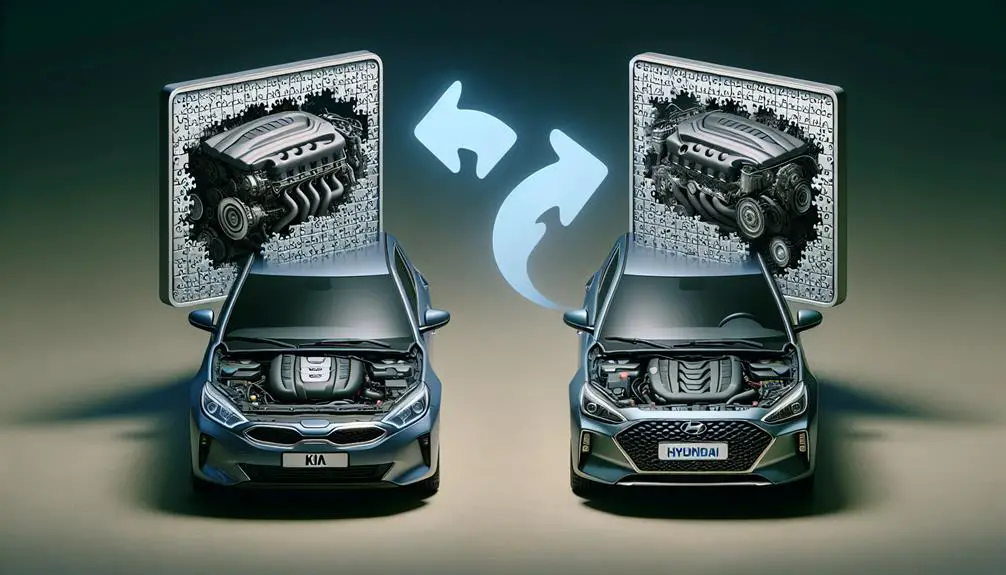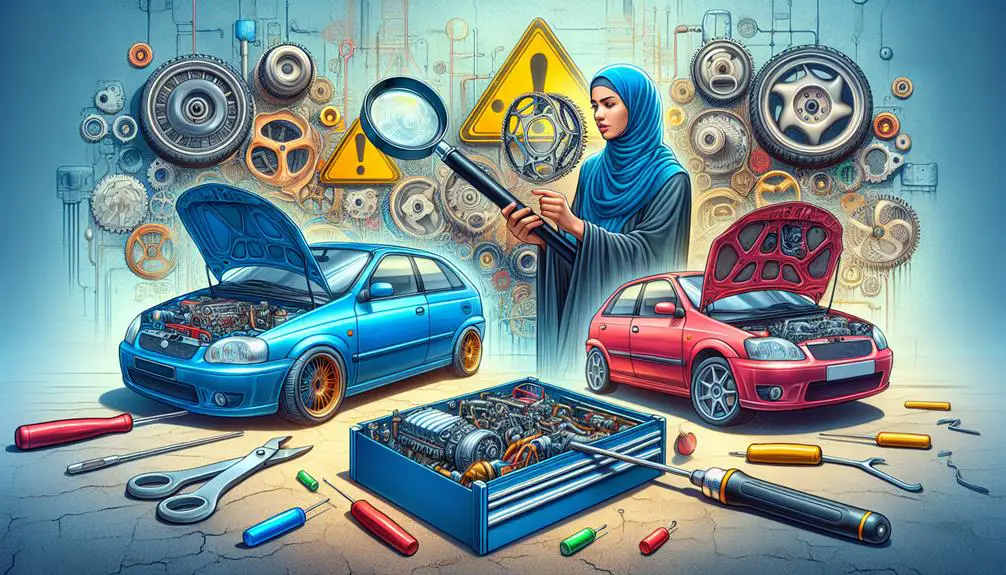Yes, Kia and Hyundai parts are often interchangeable due to their shared South Korean origins and history of using similar parts across various models.
However, compatibility depends on specific models and the parts in question, requiring careful consideration of engineering principles, model-specific designs, and corporate strategies.
Understanding these aspects can potentially reduce maintenance costs and improve vehicle performance and longevity.
Historical Context

Kia and Hyundai are two car companies from South Korea that have a close relationship. This relationship began a long time ago and has included sharing parts between their cars. Hyundai started in 1967, and Kia began in 1973. At first, they worked separately, but things changed during the Asian financial crisis in the late 90s. Hyundai bought a big part of Kia during this crisis. This was a strategic move that affected both companies' futures.
Since then, Hyundai and Kia have been working together more closely. They share resources, including how they build and design their cars. This means they use the same platforms, engines, and parts for their vehicles. This strategy helps them save money and develop new cars faster by using each other's best practices.
Every Kia or Hyundai car on the road today shows how well this collaboration works. Their partnership is about more than just business; it's about working together towards a shared goal.
Parts Compatibility Analysis
Exploring the compatibility of parts between Kia and Hyundai shows that they often use the same parts, making repairs easier. Both brands are part of the same South Korean company and share many components, like platforms and engines. This strategy helps them save on manufacturing and supply costs.
For example, the Kia Optima and Hyundai Sonata, or the Kia Sportage and Hyundai Tucson, look similar and have many interchangeable parts, such as engine and suspension parts. This means a part from a Hyundai might fit a Kia and vice versa.
However, it's important to be careful. Not all parts will fit every model. The year, model, and trim level can affect whether a part is compatible. For example, a transmission from a 2010 Hyundai mightn't fit a 2010 Kia, even if they've the same engine type. Always check part numbers or ask a mechanic to make sure.
Also, electronic parts and software might be different, even if they look the same. Parts like engine control units might need specific programming for each car model, which can make them not interchangeable.
Benefits of Interchangeability

Interchangeable parts between Kia and Hyundai vehicles offer benefits like cost savings and more available replacement parts. This makes maintaining or repairing your vehicle easier, especially for less common or older models. With shared components, parts are often cheaper and more competitive in price due to economies of scale from both brands producing large quantities of the same part.
For those who prefer DIY repairs, using parts from either brand simplifies the process. This saves time and makes repairs easier. Overall, Kia and Hyundai parts interchangeability means you can more easily and affordably find parts, reducing wait times and costs for vehicle maintenance and repair.
Potential Drawbacks
Using interchangeable parts between Kia and Hyundai has downsides.
First, warranty problems could occur. Warranties from Kia and Hyundai mightn't cover repairs if you use parts from the other brand, even though they're related. This could mean paying for repairs yourself.
Next, there's the issue of fit and compatibility. A part from a Hyundai mightn't fit perfectly in a Kia, or vice versa. This is because of differences in models, manufacturing years, or design. Using a not fully compatible part could harm your car's performance or cause damage.
Lastly, using parts from both brands could affect your car's resale value. Potential buyers might worry about the car's maintenance or if it had major repairs, reducing its selling price.
Considerations Before Swapping

Before swapping parts between Kia and Hyundai cars, consider these points:
- Check if the parts are compatible. Not all parts fit every model, so look at part numbers and specifications closely.
- Swapping parts might cancel your car's warranty. Make sure to read your warranty terms first.
- Use only parts designed for your car model to avoid safety issues.
- Using parts from another brand might lower your car's resale value.
- Parts that initially fit mightn't last as long or work as well as the original ones, possibly costing more over time.
Conclusion
You've found out that some parts from Kia and Hyundai cars can be used in each other because these companies have a history together and often think alike when making cars. This can save you money and give you more choices for parts.
But, be careful because there could be problems with warranties or the parts not fitting perfectly. Always check if the parts will work together and maybe ask an expert before swapping parts.
This way, you can use parts from both brands without having any unexpected issues.